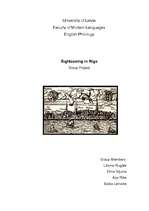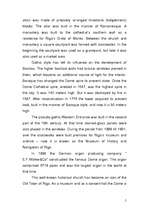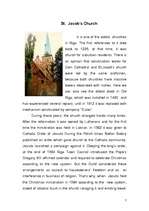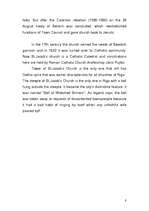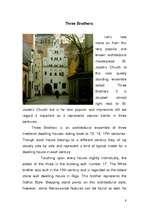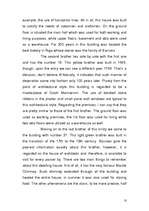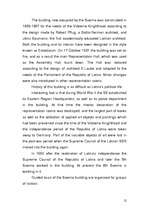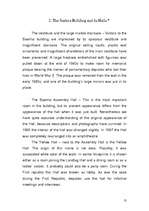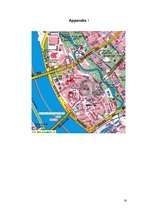-
Sightseeing in Riga
Evaluated!Research Papers10 Linguistics, Interpreting, Tourism, Traveling, Design, Architecture
| Nr. | Chapter | Page. |
| Introduction | 3 | |
| The Dome Cathedral | 4 | |
| St. Jacob’s Church | 7 | |
| Three Brothers | 9 | |
| The House of the Latvian Parliament | 11 | |
| 1. | Short history of the Saeima Building | 11 |
| 2. | The Saeima Building and its Halls | 13 |
| 3. | The parliament of the Latvia | 14 |
| Used Sources | 15 | |
| Appendix | 16 |
Introduction
Which are the most famous buildings of Old Riga? Can you name at least some of them?
You might ask – what is the point of asking that?
The thing is that nowadays people are busy and sometimes might miss some interesting things. We have passed by different buildings many times without knowing exactly what is located there. Our group has decided to choose four buildings – the Dome Cathedral, St.Jacob’s Church, Three Brothers and the House of the Latvian Parliament. We wanted to make our tour versatile – we will show and tell about the buildings that are popular tourist attractions and about those which are quite popular, however, not everybody knows about the location and history of them.
The second reason for choosing these buildings is that they represent the secular and sacred powers – parliament and church.
All there buildings are the witnesses of various powers existing through the centuries – from 13th up to 19th century. The architectural style changed together with these different powers. Therefore the buildings are examples showing the peculiarity of Latvia’s architecture – the buildings don’t represent one particular architectural style.
To see the location of these buildings which we are going to see, please have a look in the map, added in the appendix in the end.
The Dome Cathedral
We will begin our tour with the Dome Cathedral.
When through the Old Riga’s narrow streets you come into Dome Square you suddenly find yourself in front of the majestic cathedral of Riga, generally called the Dome Cathedral or Dom. For more than seven centuries it has towered above the medieval houses around it. It was the first and for a long time the largest dominating element of the city’s skyline. It is almost impossible to imagine Riga without the Dom. It is considered the starting-point of Baltic architecture.
It is the largest cathedral in the Baltics. It was founded by Latvia’s Teutonic conquerors in the beginning of the 13th century under the bishop Albert. The foundation stone of the Dome was laid in 1211, when Bishop Albert had a great plan of building a church, a monastery and some more buildings to present the power of Catholic Church in Riga. In 1226 there took place the council of the Pope of Rome. That means that a part of the church was already built. However, the first construction period was finished by 1270.
…
Darbā ir aplūkota SAeimas ēkas, trīs brāļu, doma un jēkaba baznicas veesture

